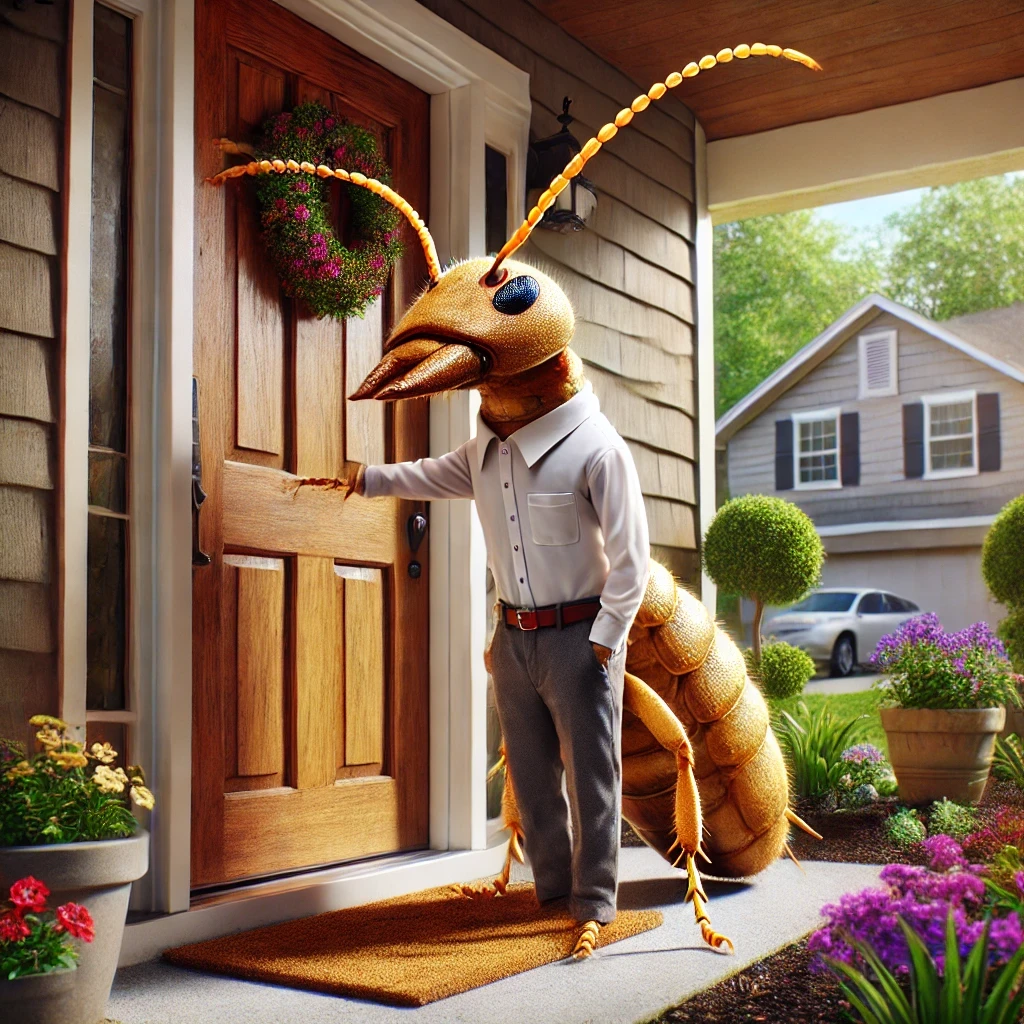Cicadas in St. Louis, How to Cope
Cicada Emergence in St. Louis: How to Cope
As St. Louis braces for the rare dual emergence of cicadas, residents are bound to have concerns about the effects on daily life and the local environment. This phenomenon, though natural, can be overwhelming due to the sheer numbers and the noise of cicadas. In this blog post, we'll address the primary concerns associated with the cicada emergence, offering practical tips and solutions to help you navigate this natural event with minimal discomfort.
Understanding the Cicada Emergence
First, it's essential to understand what’s happening. St. Louis is experiencing a rare event: two different broods of periodical cicadas are emerging at the same time. These cicadas have spent 13 and 17 years underground, and now they're coming to the surface to mate. While this is a fascinating event for scientists, it can be quite a nuisance for residents. If you need to catch up and learn all about the cicada emergence, read this blog.
The Noise
One of the most noticeable impacts of the cicada emergence is the noise. Cicadas are known for their loud mating calls, which can reach up to 100 decibels. This is as loud as a motorcycle, making it a significant disturbance, especially in residential areas. Here's a bit more information on what to do if the noise really gets to be too much.
Tip: To reduce the noise impact, consider using white noise machines and keeping windows closed during peak cicada activity times, typically the warmest parts of the day.
The Mess
Cicadas, after mating, die and their bodies can accumulate quickly, creating a mess in yards, on sidewalks, and in parks. This can be unpleasant and requires regular cleanup to manage sanitation and odor. Need more details, here's an article that can help.
Tip: Regularly sweep up cicada bodies and dispose of them in compost or yard waste bins.
Potential Damage
Cicadas can also cause damage to young trees and shrubs when they lay their eggs. The females make slits in the branches to deposit their eggs, which can weaken younger or smaller branches. Here's how an arborist suggests you help small trees.
Tip: Protect young trees with netting or cheesecloth to prevent cicadas from accessing tender branches. Avoid planting new trees or shrubs until after the cicada emergence has subsided.
Coping with Cicadas
Despite these challenges, there are ways to cope and even benefit from the cicada emergence:
Educational Opportunity: This is a perfect time to teach children about the life cycle of cicadas and their role in the ecosystem. Many local nature centers and parks are offering educational programs about cicadas. Here are some fun suggestions for making the cicada emergence fun for kids.
Gardening Benefits: Cicadas can actually benefit your garden. Their burrowing aerates the soil, and their bodies provide nutrients that can enhance soil fertility.
Nature’s Symphony: While loud, the cicada's song is a natural symphony that marks the seasons. Embracing this can turn an annoyance into a celebration of nature’s cycles.
Conclusion
The dual cicada emergence in St. Louis is undoubtedly a significant event, and while it brings its set of challenges, it also offers opportunities to engage with nature and learn more about our local ecosystem. By taking proactive steps to mitigate the disruptions caused by cicadas, you can enjoy the unique aspects of this natural phenomenon with less inconvenience. Remember, this is a temporary event that offers a moment to connect with the natural world in an unusual and, ultimately, rewarding way.





